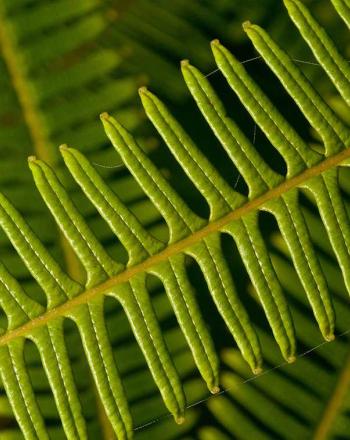Main menu
CEPF is a joint initiative of l’Agence Française de Développement, Conservation International, the European Union, Fondation Hans Wilsdorf, the Global Environment Facility, the Government of Japan and the World Bank.
Visitez le site français コア情報の日本語翻訳を読むOr use Google Translate to translate the English site to your language:
GTranslate
Priority KBA
Priority Corridor
Other KBA
Other Corridor
Mesoamerica
Previously invested
Investment
2002 to 2011
$14.5 million
Ecosystem Profile
Ecosystem Profile, 2004 (Northern Mesoamerica)
Ecosystem Profile, 2001 (Southern Mesoamerica)
Stats
CEPF Strategy Strategy
About this hotspot About
Investment
Dates:
2002 to 2011
Amount:
$14.5 million
Eligible Countries
Ecosystem Profile
We had separate but complementary strategies for the northern and southern regions of the Mesoamerica Biodiversity Hotspot. In Northern Mesoamerica, our support focused primarily on the highest priority areas for conservation in Belize, Guatemala and Southern Mexico. We played an instrumental role in improving the management of 963,505 hectares located across six Key Biodiversity Areas. A total of 143 communities benefited directly from CEPF projects across a broad array of activities, including forest fire control, park management implementation, carbon credits from conservation coffee, sustainable agriculture, watershed management and ecotourism.
In Southern Mesoamerica, we focused on three priority landscapes in Costa Rica, Nicaragua and Panama. CEPF grants directly benefited 10 protected areas covering 924,736 hectares. We awarded grants that promoted the sustainable use of productive land, particularly through conservation coffee, ecotourism, agroforestry and reforestation, to demonstrate that communities could continue farming while increasing forest cover and avoiding expansion into protected zones. Several grants also supported training and equipping local volunteers for fire control and prevention.
Spanning most of Central America, the Mesoamerica Biodiversity Hotspot encompasses all of the subtropical and tropical ecosystems from central Mexico to the Panama Canal. This includes all of Guatemala, Belize, El Salvador, Honduras, Nicaragua and Costa Rica, as well as a third of Mexico and nearly two-thirds of Panama. This hotspot also includes a number of nearshore and offshore islands in both the Caribbean Sea and Pacific Ocean, which are important biologically due to the presence of endemic species and as nesting areas for seabirds.
The hotspot harbors the highest montane forests of Central America, with the most extensive and best-protected cloud forests.
Some of the most visible symbols of mammal diversity in Mesoamerica are its monkeys, including the Endangered Central American spider monkey (Ateles geoffroyi) and Endangered Mexican black howler monkey (Alouatta pigra), which produce impressive roars that can be heard for long distances. Among the best known birds from this region is the resplendent quetzal (Pharomachrus mocinno). Its brilliant green and crimson plumage is the national emblem of Guatemala.





